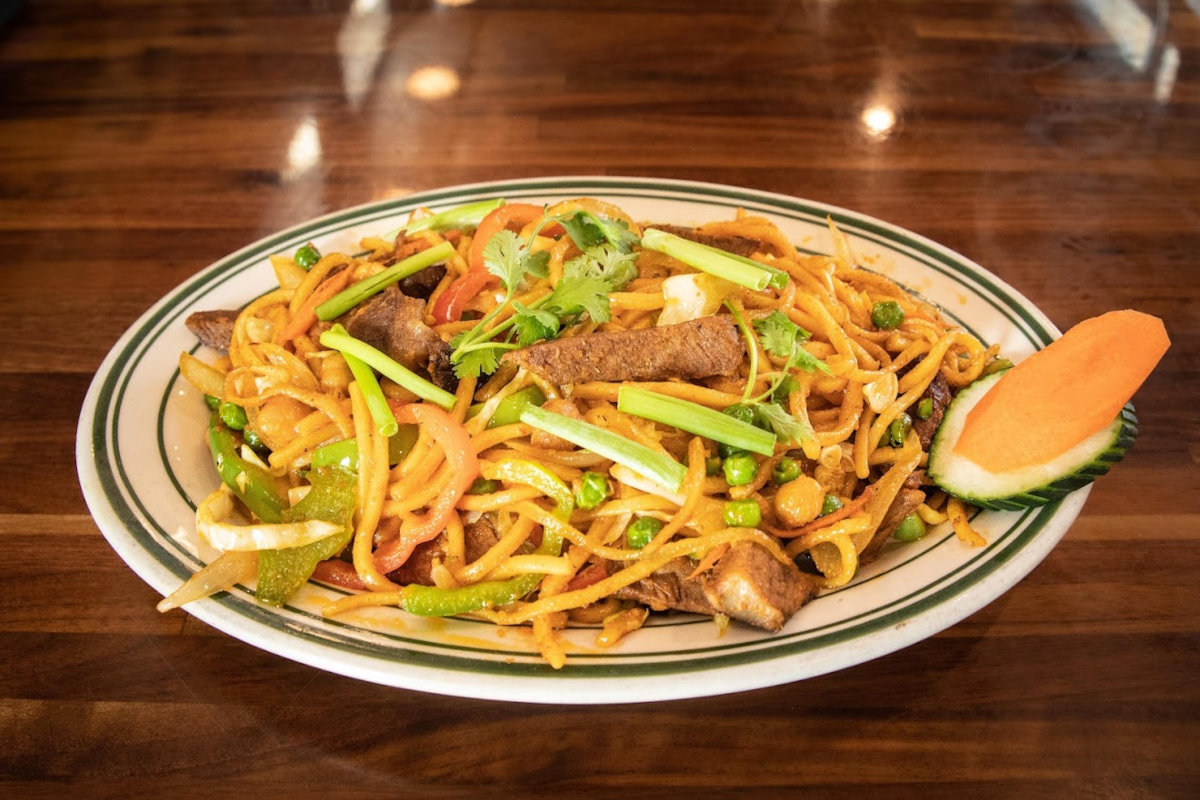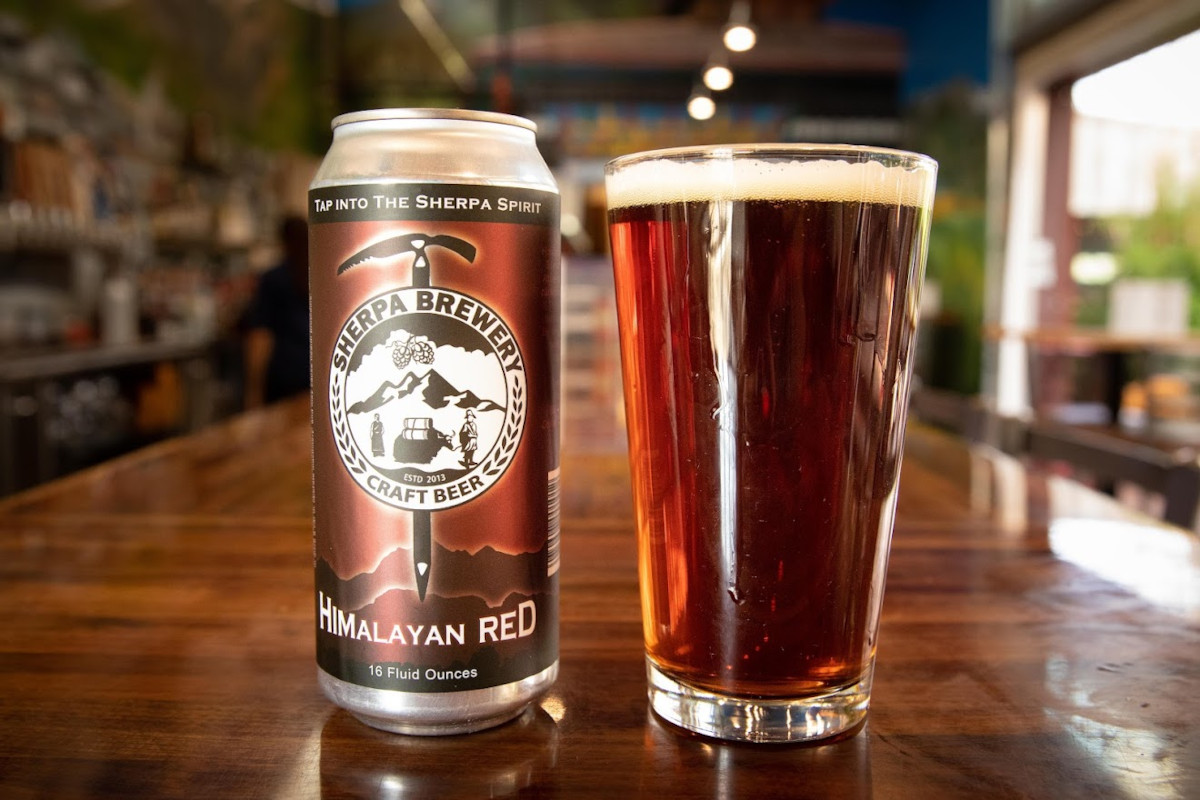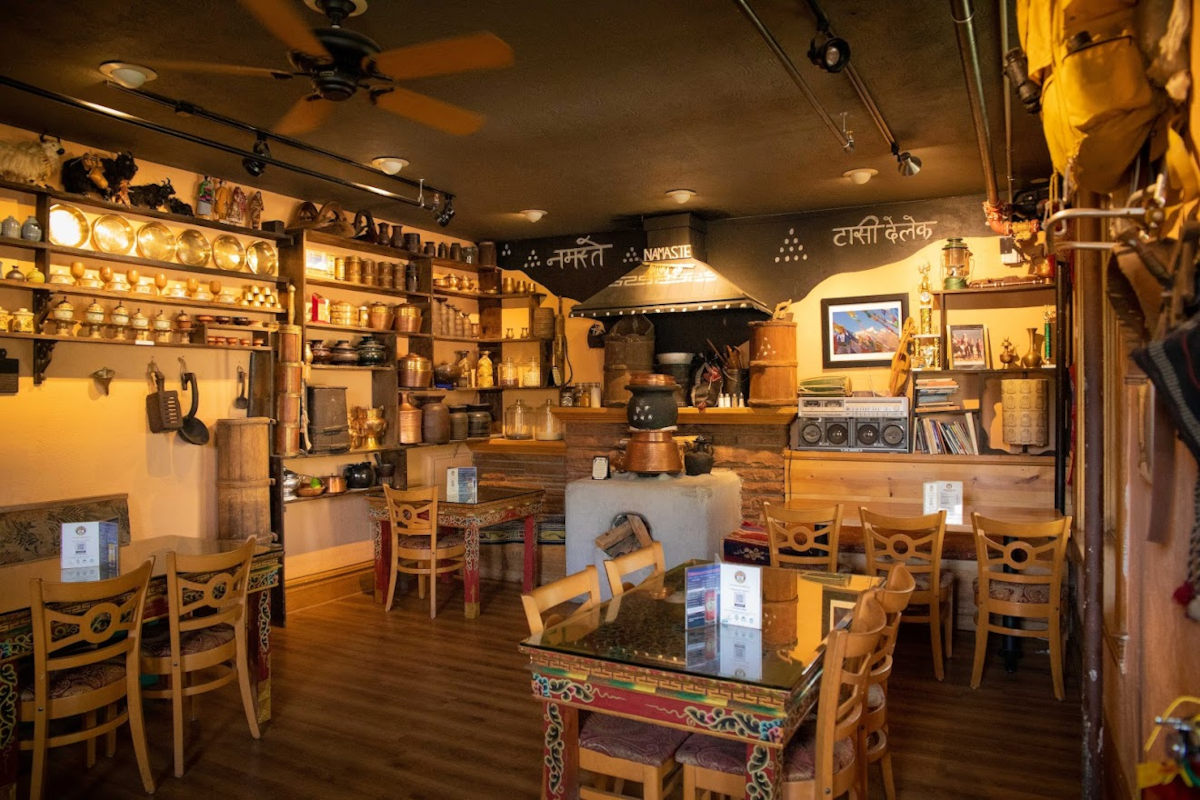
About us
Our ancestors originally came from eastern Tibet, crossing the Nangpa La pass at 5,900 m (19,100 ft), about five centuries ago. The word "Sherpa" literally means people from the east. They settled in the Solu-Khumbu region of Nepal, the southern gateway to Mt Everest. Given our heritage, we practice the Tibetan form of Buddhism.
Before coming into contact with western civilization, Sherpas were mainly farmers, yak herders, and traders. They transported grains, cotton clothes, irons, and paper from the south to barter for salt, wool, sheep, and artifacts in Tibet. Sherpas are known as hardworking, honest, friendly, reliable, and religious people.
Sherpas have always revered the great mountains of their region as dwelling places of gods and goddesses. Initially, the very thought of climbing them was considered blasphemous. In fact, Mt. Everest is known amongst Sherpas and Tibetans as Chomolungma - the "goddess mother". The Sherpas actually became famous as mountain climbers long before Tenzing Norgay Sherpa scaled Mt Everest with Edmund Hillary. It was during the pioneering British expeditions in the early part of the 20th century that the Sherpas rose to prominence. During the first Everest expedition in 1921, the skill, expertise, honesty, and dedication of the Sherpas impressed George Mallory and other elite English climbers. From that point on, the Sherpas became an integral part of international Himalayan climbing as guides and partners.
The affinity of Westerners for Sherpas eventually grew into an increasingly close sharing, understanding, and friendship between these two cultures. Interestingly, the close contact with Western thought and civilization did not affect the Buddhist, animist, and cultural traditions of these people. However, contact with Westerners did change the lifestyle of the Sherpas forever. The Western climbing expeditions brought notoriety and mountaineering fame. Sherpas were encouraged to embrace mountain climbing as part of their own culture. This was a radical change from their traditional roles as traders and farmers. While these ancestral roles remain a staple element of Sherpa life, the leading of climbs and treks has become a mainstay of their economy and lifestyle as well.
The Solu Khumbu region is the home of the Sherpas. About 5,000 Sherpas reside there. In the last few decades, Sherpas have migrated to other parts of Nepal and the Indian states of Sikkim, Assam, and northern West Bengal (Darjeeling). A total of about 35,000 Sherpas currently live in Nepal. We at Sherpa House Restaurant will make every effort to enhance your dining and cultural experience. We are happy to answer any questions you may have regarding our cuisine and cultural program.


